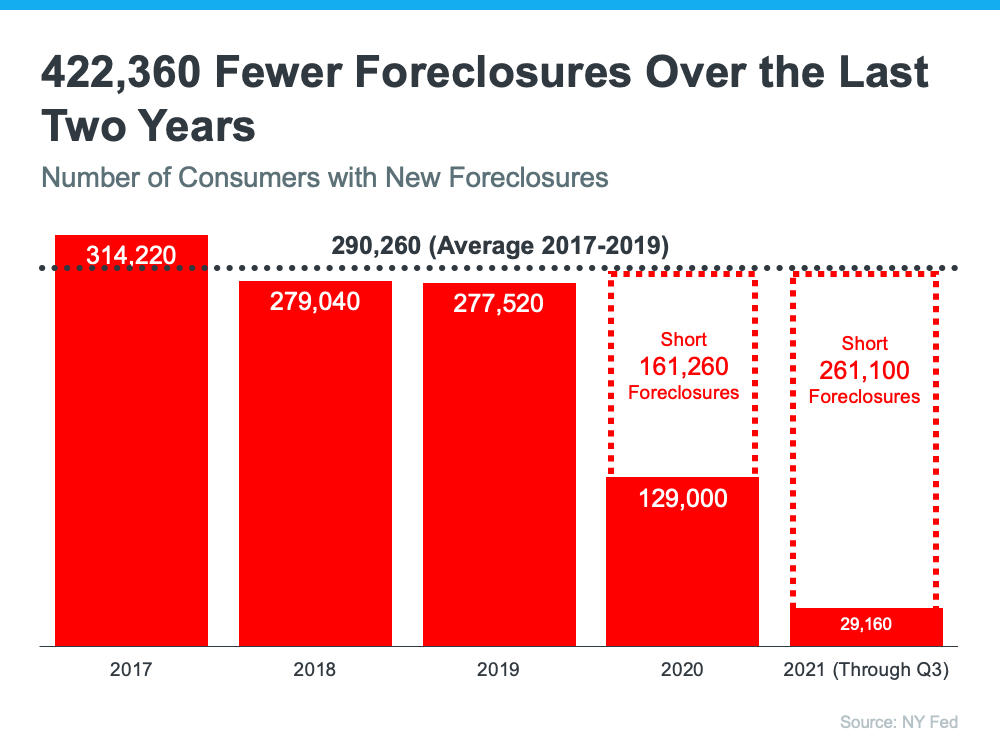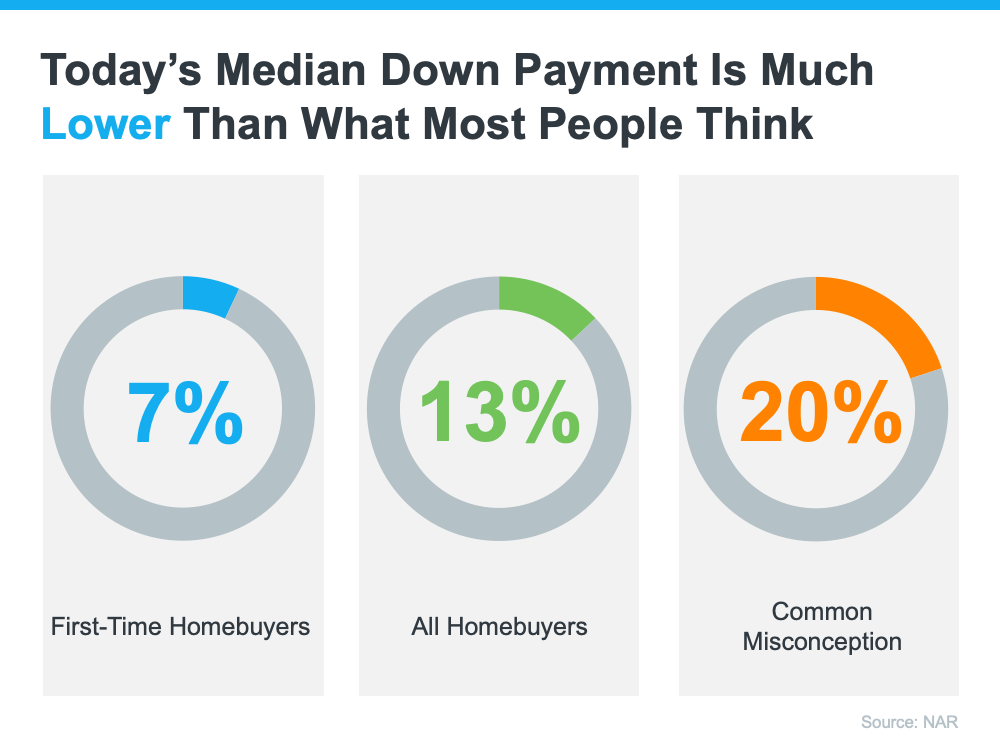New fees seen as first step toward holistic review of GSE pricing
January 5, 2022, 12:24 pm By Georgia Kromrei
The Federal Housing Finance Agency introduced new upfront fees on Wednesday for some high-balance and second-home loans sold to Fannie Mae and Freddie Mac.
Upfront fees for high balance loans will increase between 0.25% and 0.75%, tiered by loan-to-value ratio. For second home loans, the upfront fees will increase between 1.125% and 3.875%, also tiered by loan-to-value ratio.
The new pricing framework will take effect April 1, 2022, to “minimize market and pipeline disruption,” the agency said in a press release.
Loans in some affordable programs — including HomeReady, Home Possible, HFA Preferred and HFA Advantage — will not be subject to the new fees. First-time homebuyers in high-cost areas whose incomes below 100% of the area median income will also be exempt from the new high-balance upfront fees, although only a small number of those borrowers seek second homes and high-balance loans.
In a statement, FHFA Acting Director Sandra Thompson said the fee increases are another step FHFA is taking to both strengthen the government-sponsored enterprises’ safety and soundness, and ensure access to credit for first-time homebuyers and low- and moderate-income borrowers.
“These targeted pricing changes will allow the enterprises to better achieve their mission of facilitating equitable and sustainable access to homeownership, while improving their regulatory capital position over time,” said Thompson.
While the new fees on high-balance and second homes will function similarly to the now-suspended limits on investor and second homes, mortgage industry stakeholders welcomed Thompson’s decision.
Mortgage Bankers Association President Bob Broeksmit said he appreciated the delivery date for the new fees is in April, which gives lenders more than 90 days to adjust their rate sheets appropriately.
He also said he expected that this announcement would not be the last word on pricing adjustments, and that it sets the stage for reducing loan-level price adjustments for first-time borrowers, and those facing higher fees due to the loan-to-value ratio or their credit score.
“To the degree they recognize better margins on these loans, we would expect that cross-subsidy would flow to mission-centric borrowers,” said Broeksmit.
In an October interview with National Housing Conference President David Dworkin, Thompson said carrying out a broader review of the GSEs pricing was on her “to-do list.”
“One of the things that we committed to doing was taking a look at pricing, we haven’t done a holistic review of the Fannie and Freddie pricing analysis, g-fees and everything that comprises g-fees and pricing for enterprise loans,” said Thompson.
The FHFA also formally signaled its intent to update the GSEs’ pricing framework in its 2022 Scorecard for Fannie Mae, Freddie Mac, and their jointly owned securitization platform, Common Securitization Solutions. The regulator directed the regulated entities to “increase support for core mission borrowers, while fostering capital accumulation, achieving viable returns and ensuring a level playing field for small and large sellers.”
During her tenure so far as FHFA acting director, Thompson has made affordability a top priority. In August, FHFA proposed new affordability benchmarks for the GSEs, setting goals for purchase loans in low-income and minority communities, and substantially increasing the low-income refinance goal.
Those actions have elicited praise from the affordable housing community. But some of the same groups have also argued there is still ample room for improvement. In October, a coalition of twenty affordable housing groups called on the regulator to reject the Duty to Serve plans the GSEs proposed in May for 2022 to 2024.
The affordable housing groups said those plans did not meet the “spirit or the letter” of the regulation, because the plans would eliminate programs to purchase manufactured housing loans titled as personal property. The plans would also reduce loan targets for manufactured housing, affordable housing preservation and rural housing.
Some have also questioned whether FHFA’s decision to back mortgage loans of nearly $1 million aligns with the GSEs’ mission, and have asked for more clarity on the government’s role in the housing finance system.
“Whether taxpayer backing of $1 million mortgages is consistent with the GSE charter is a question that legislators and policymakers should address,” said Ed DeMarco, president of the Housing Policy Council and acting director of the FHFA from 2009 to 2014, in a December interview with HousingWire.




![How To Hit Your Homebuying Goals This Year [INFOGRAPHIC] | MyKCM](https://files.mykcm.com/2022/01/06133328/20220107-MEM-1046x1844.png)








